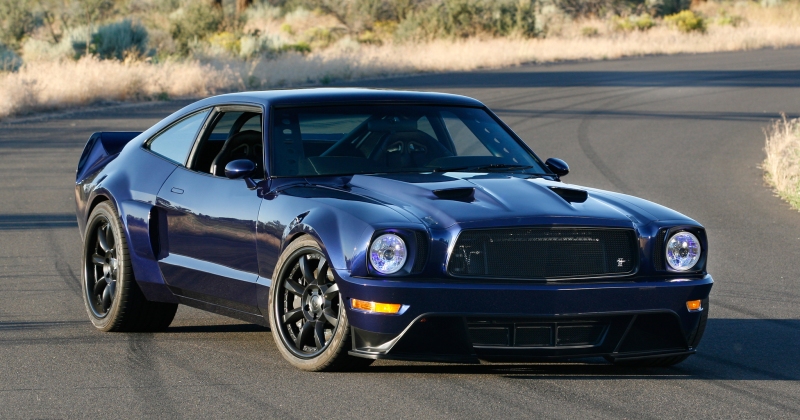An iconic name for American car enthusiasts, the “Cobra” is creation of Ford and Carroll Shelby. First used on the Shelby Cobra in 1962, the name found its way on various Mustangs beginning with the late 1960s. It all started in 1968, when FoMoCo’s need of an engine to go against GM’s big-block in the Camaro and Firebird, brought the 428-cubic-inch Cobra Jet V-8 on the market.
Table of Contents
- The 428 Cobra Jet Mustang Engine
- The Mustang II King Cobra
- Changing the Formula in 1978
- Redeeming Qualities of the King Cobra
Shop All Mustang Parts
Making your Mustang unique is a big part of the joy of owning a pony car. Whether you have a rare model like the King Cobra or something more common like a GT, you can use styling mods like side scoops and decals or more performance oriented mods like a new set of wheels and tires to stand out from the crowd.

